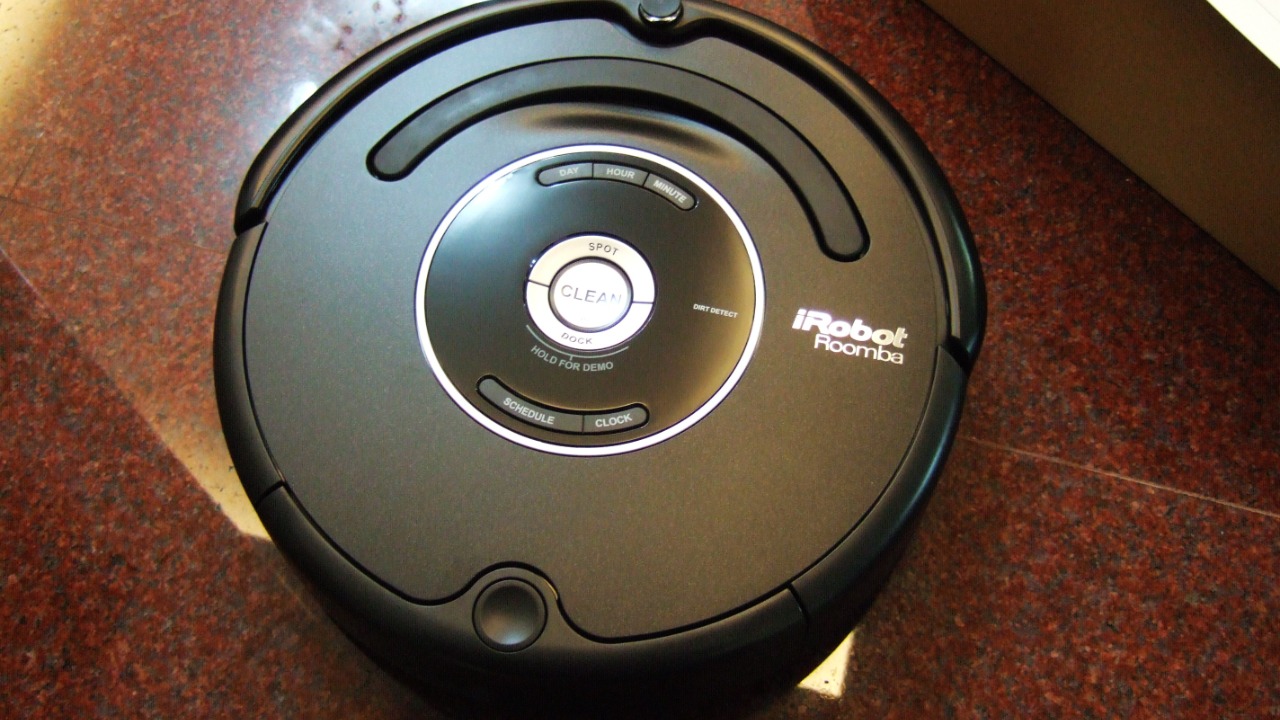
Scientists have developed a magnetic lantern capable of autonomous movement mimicking living organisms, leveraging advanced magnetic fields to propel itself in fluid environments. This innovation, detailed in recent research, opens new possibilities for microscale robotics and biomedical applications. The device was created by a team exploring bio-inspired locomotion, with demonstrations showing lifelike undulations and directional control (ScienceDaily).
The Science of Magnetic Propulsion
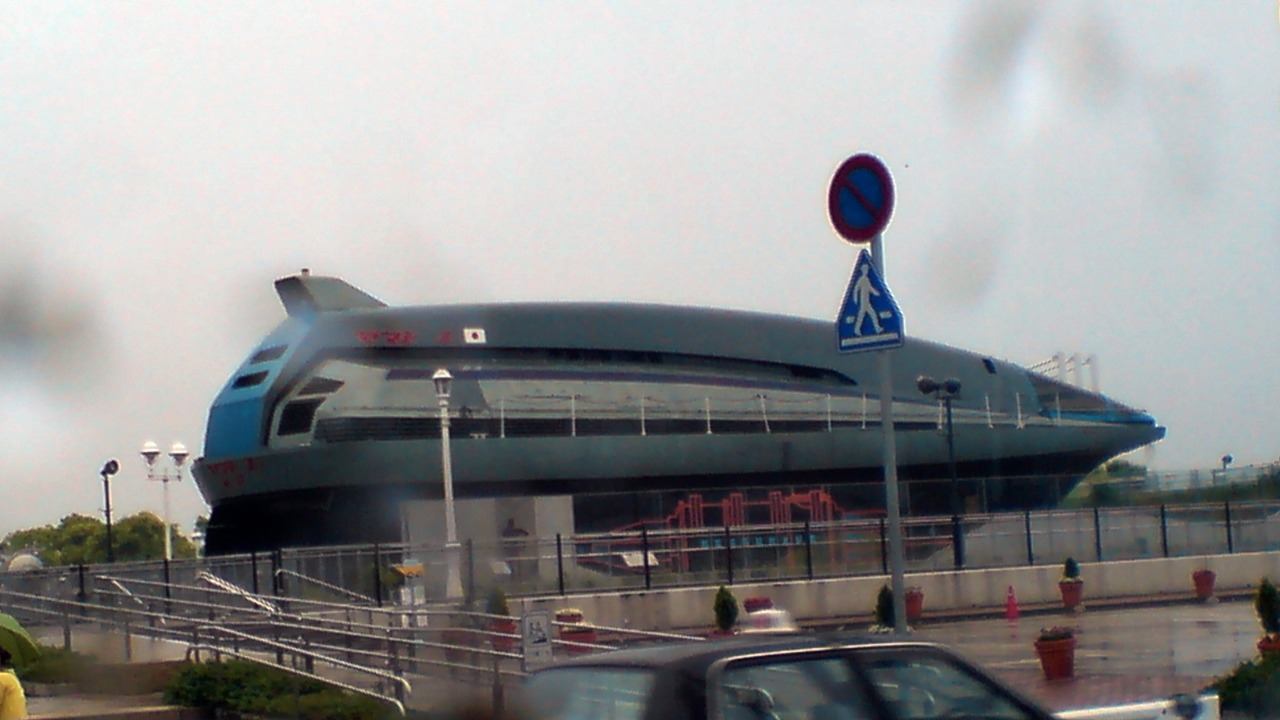
The core mechanism behind the magnetic lantern’s movement involves oscillating magnetic fields that induce motion in its soft, flexible structure. This design replicates the ciliary motion found in microorganisms, allowing the lantern to move fluidly and efficiently through its environment. The use of ferromagnetic particles embedded in a hydrogel matrix is crucial, as these materials enable the lantern to achieve wave-like propulsion without the need for onboard power sources (ScienceDaily). This innovative approach not only simplifies the design but also enhances the device’s potential for various applications.
Experimental setups have demonstrated the lantern’s ability to navigate complex fluid paths, achieving speeds of up to several body lengths per second under controlled magnetic gradients. This capability highlights the potential for precise control in microscale environments, making the lantern a promising tool for applications that require intricate navigation and adaptability. The implications for stakeholders are significant, as this technology could revolutionize how we approach tasks in confined or delicate environments, such as medical procedures or environmental monitoring.
Bio-Inspiration and Design Innovations
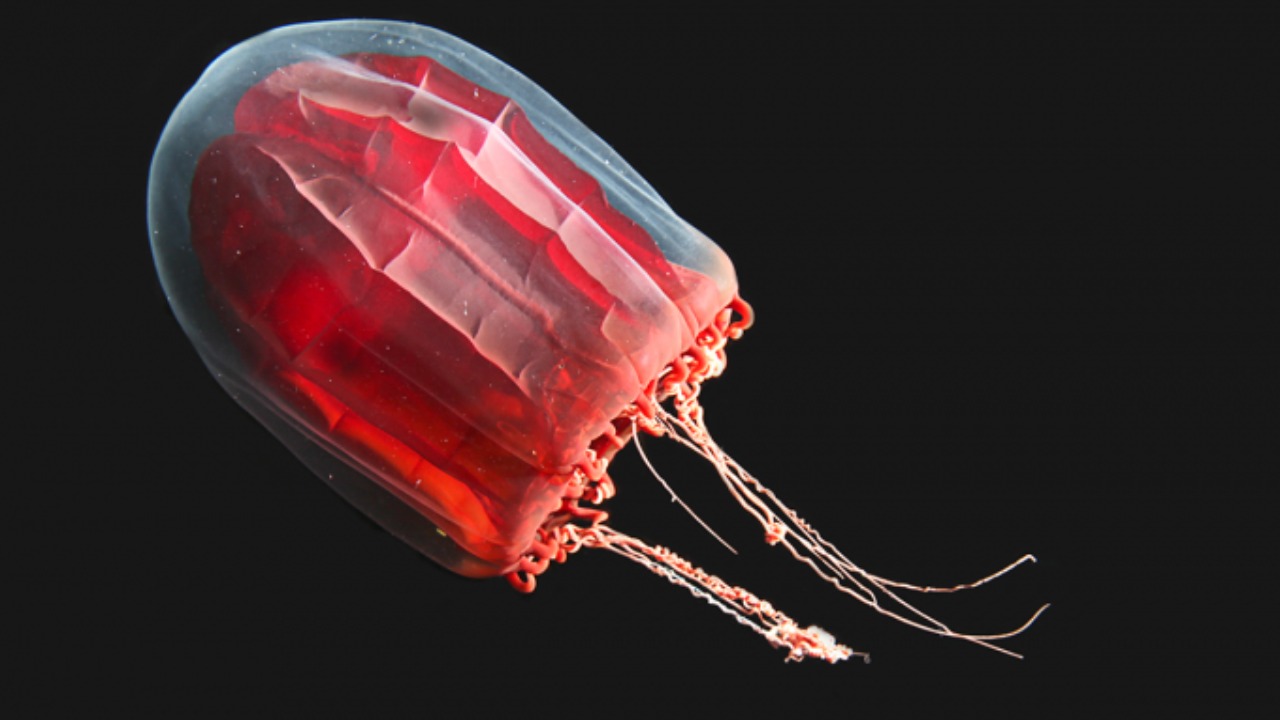
The design of the magnetic lantern draws inspiration from natural examples like jellyfish and bacterial flagella, which exhibit undulating motion. By adapting these biological principles to synthetic designs, researchers have achieved precision control over the lantern’s movements. The fabrication process involves advanced techniques such as 3D printing and magnetic alignment, ensuring that the prototype is not only functional but also biocompatible for potential in-vivo uses (LADbible).
Throughout the development process, researchers faced several design challenges, including optimizing the strength of the magnetic fields to avoid structural fatigue while maintaining lifelike responsiveness. These challenges underscore the complexity of translating biological movements into mechanical systems, but they also highlight the potential for innovation in this field. By overcoming these hurdles, the team has paved the way for future advancements in bio-inspired robotics.
Applications in Medicine and Exploration
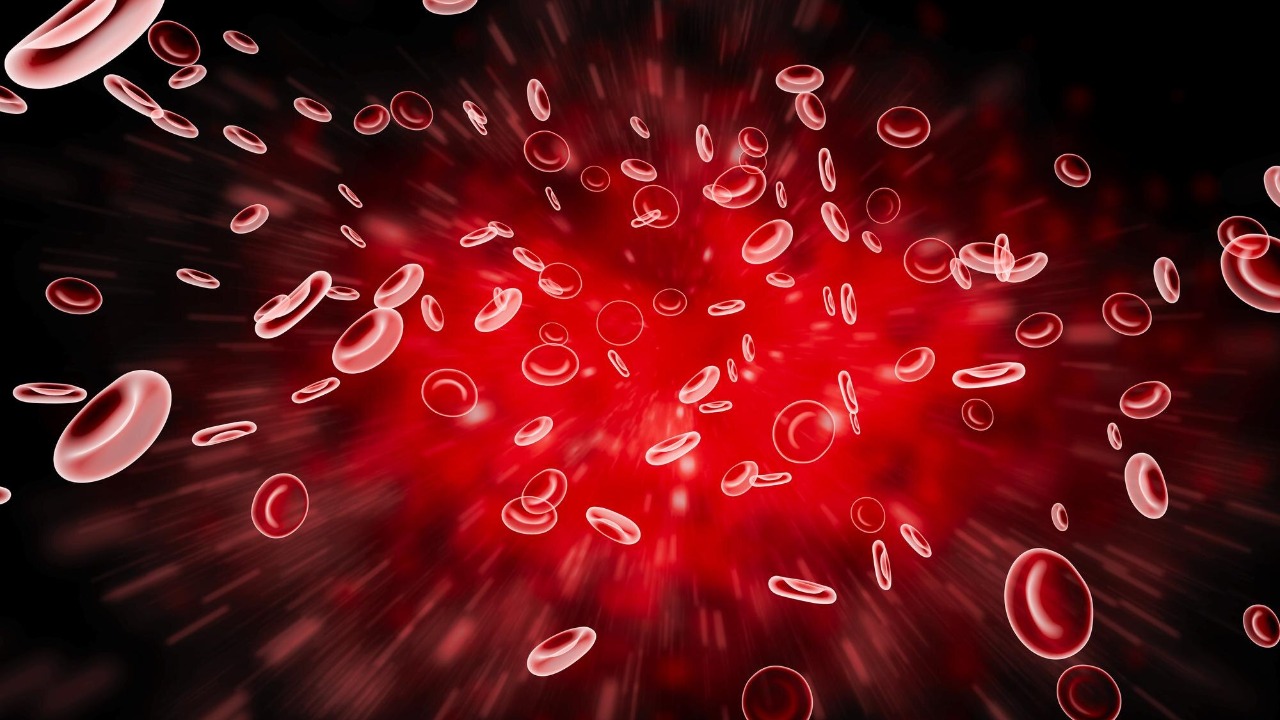
The potential applications of the magnetic lantern in medicine are particularly exciting. One promising use is in drug delivery, where the lantern could navigate bloodstreams to target specific cells with high precision. Its ability to mimic alive-like movement could enhance the efficiency and accuracy of delivering therapeutic agents, potentially transforming how treatments are administered in the future (ScienceDaily).
Beyond medicine, the lantern’s capabilities could extend to environmental monitoring. Its ability to move through fluid environments makes it ideal for tasks such as oceanic exploration or monitoring ecosystems in hard-to-reach areas. By deploying swarms of these devices, researchers could collect valuable data on environmental conditions, contributing to our understanding of complex ecological systems. The scalability of this technology, including potential integration with existing tools like NASA’s solar mission instruments, could further enhance its utility in various scientific endeavors (Popular Science).
Future Developments and Challenges
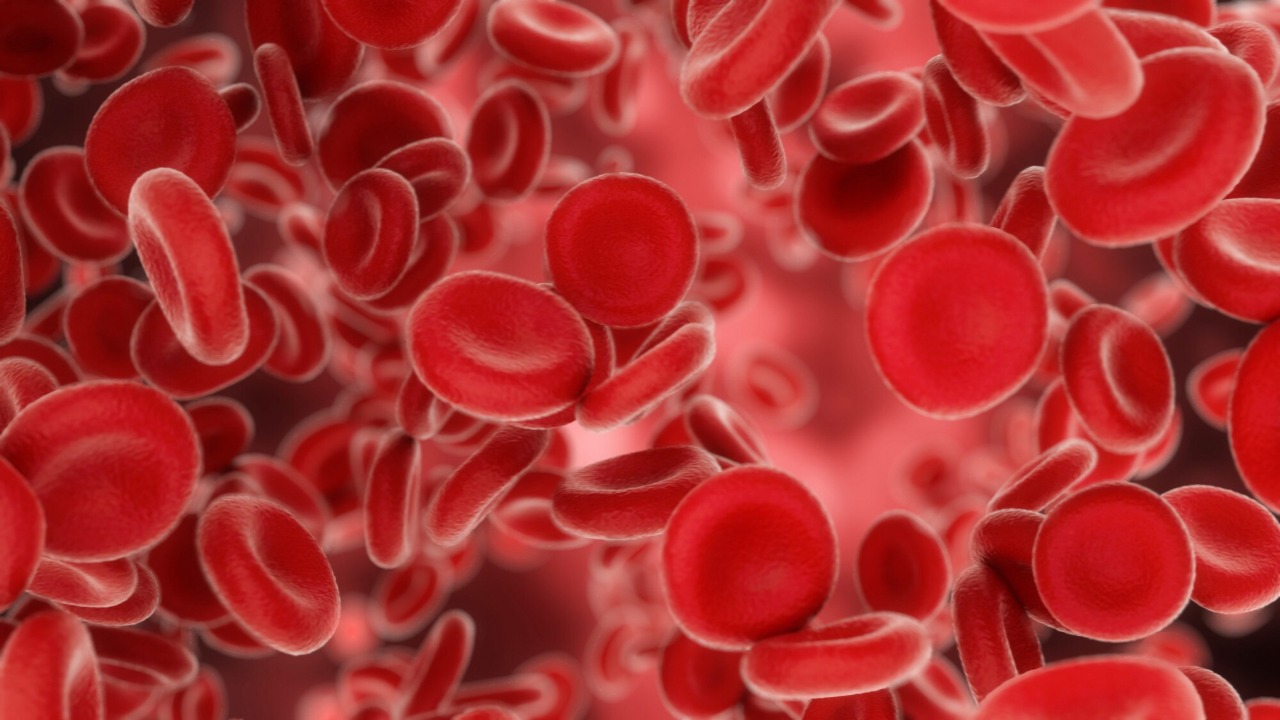
Looking ahead, advancements in the autonomy of the magnetic lantern are on the horizon. Integrating sensors for real-time environmental adaptation could significantly enhance the device’s functionality, allowing it to respond dynamically to changing conditions. These developments would build on current prototypes, pushing the boundaries of what is possible in microscale robotics (ScienceDaily).
However, the path to widespread adoption is not without challenges. Ethical and safety considerations, such as biocompatibility testing and regulatory hurdles, must be addressed before the lantern can be deployed in biomedical applications. Collaborative efforts, potentially involving international teams like Japanese researchers in bio-mimicry, could play a crucial role in refining the technology for practical rollout (LADbible). By navigating these challenges, the scientific community can unlock the full potential of this groundbreaking innovation.